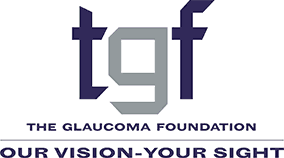
Maintaining an active lifestyle with a daily routine of exercise is a good prescription for anyone, including people with glaucoma.
There is evidence that aerobic exercise (e.g. brisk walking, running, biking) performed on a regular basis can lower IOP. Exercise may also improve blood flow to the retina and optic nerve. If you need an incentive, remember once the aerobic exercise stops, your IOP will return to its earlier level. But before embarking on a new exercise regime, always discuss the pros and cons with your doctors.
There are some caveats. Upside down yoga positions, such as handstands or shoulder stands, scuba diving, and other activities where you invert your body should be avoided because they can raise IOP. Exercises in which you inhale and hold your breath are also not recommended.
Be sure your sunglasses filter out 100 percent of UV light. And always wear protective glasses when doing yard work or playing contact sports. Wear goggles when swimming – large goggles that don’t press too hard on the orbit of the eye are recommended. It’s especially important for individuals who have had trabeculectomy surgery to wear wrap-around goggles when swimming or kayaking as infection in post-trabeculectomy eyes can be serious. Best to stick with sea water or a pool – fresh lake water has more infectious capabilities. If you suspect the water quality, don’t take a chance. Let caution be the rule.
When patients with pigmentary dispersion syndrome or pigmentary glaucoma jog or participate in other jarring ball sports, they may develop an exercise-induced release of pigment from the iris and possibly an associated spike in IOP. These patients need to check with their ophthalmologist, who may want to evaluate them before and after such exercise.
